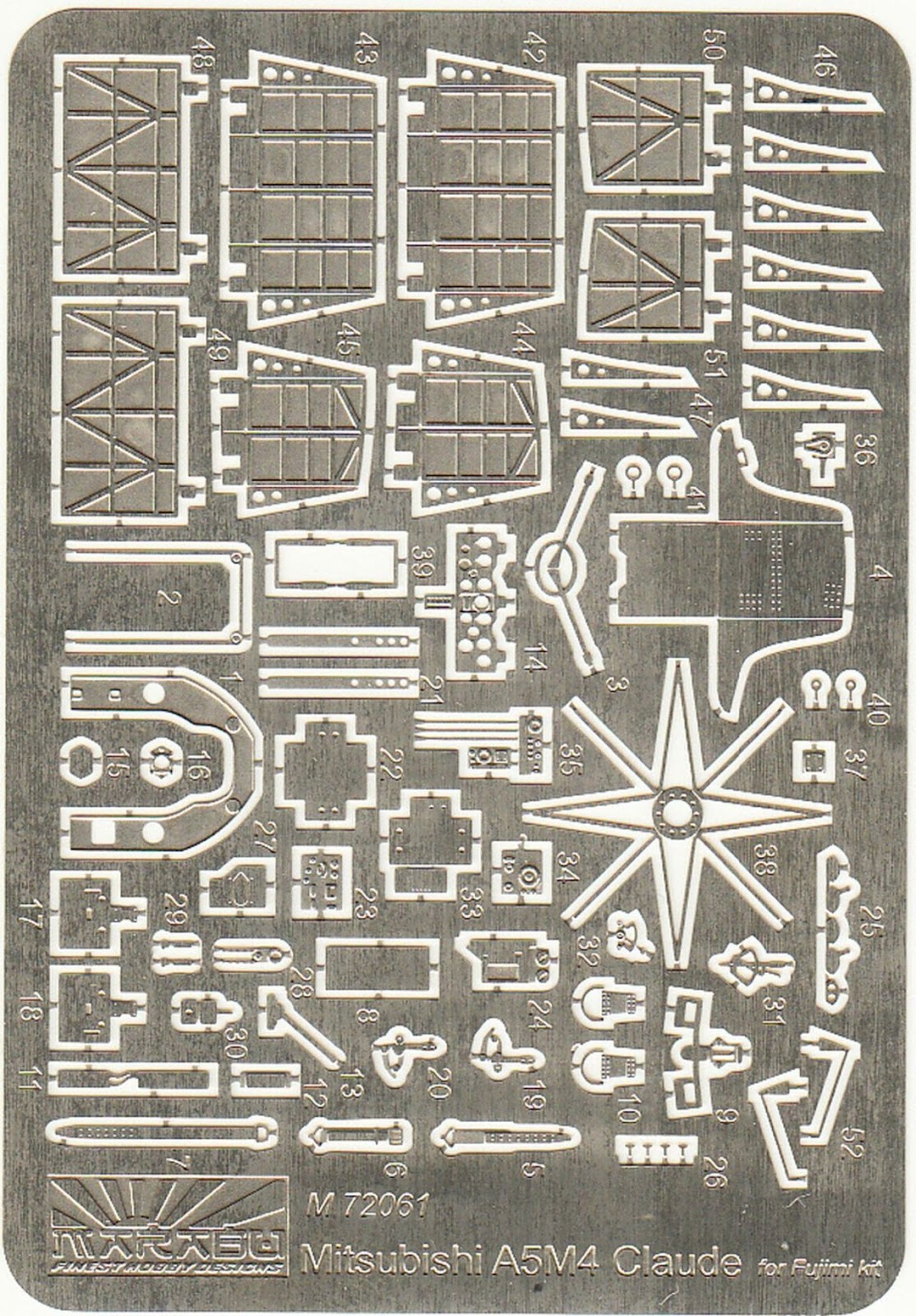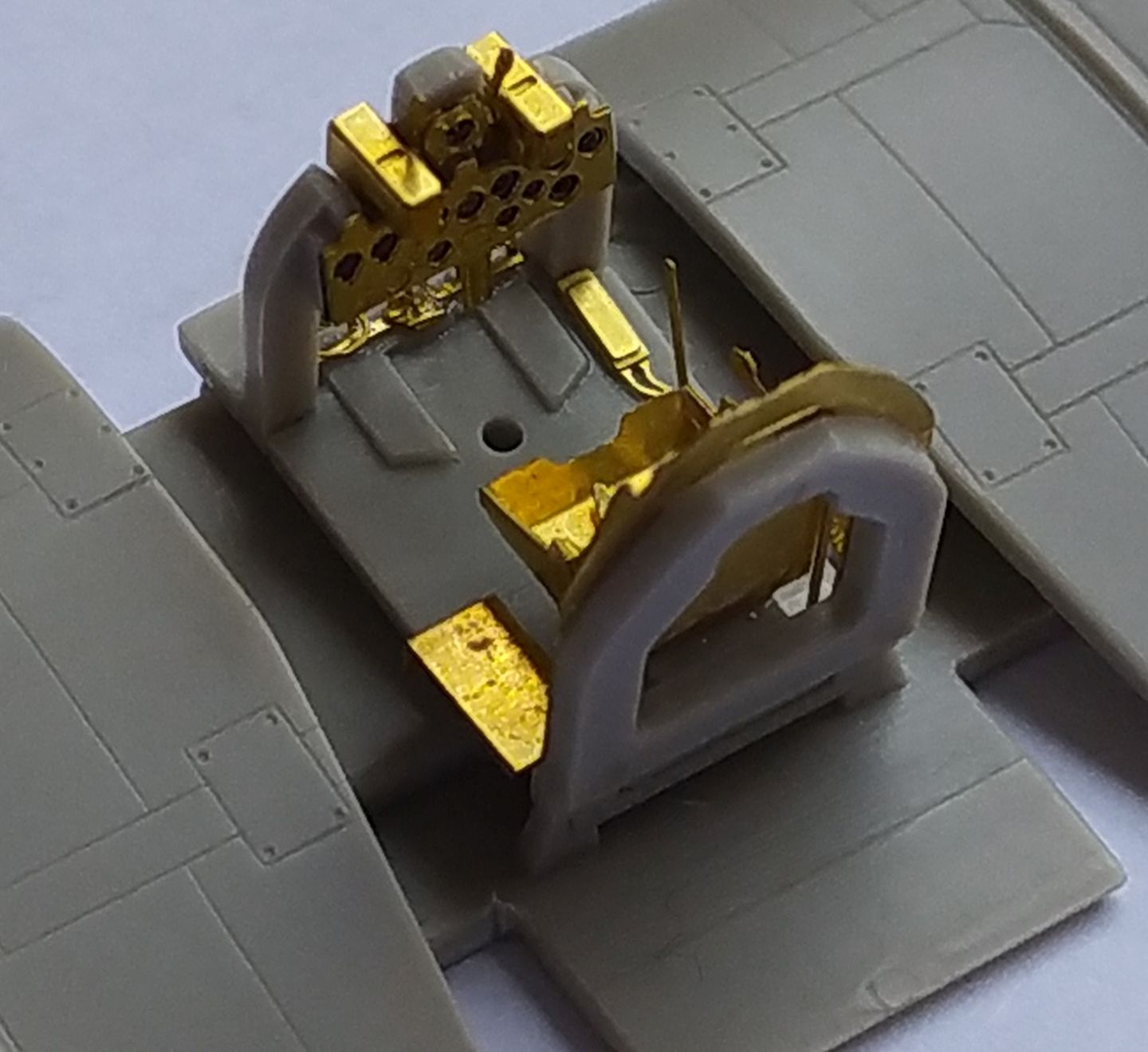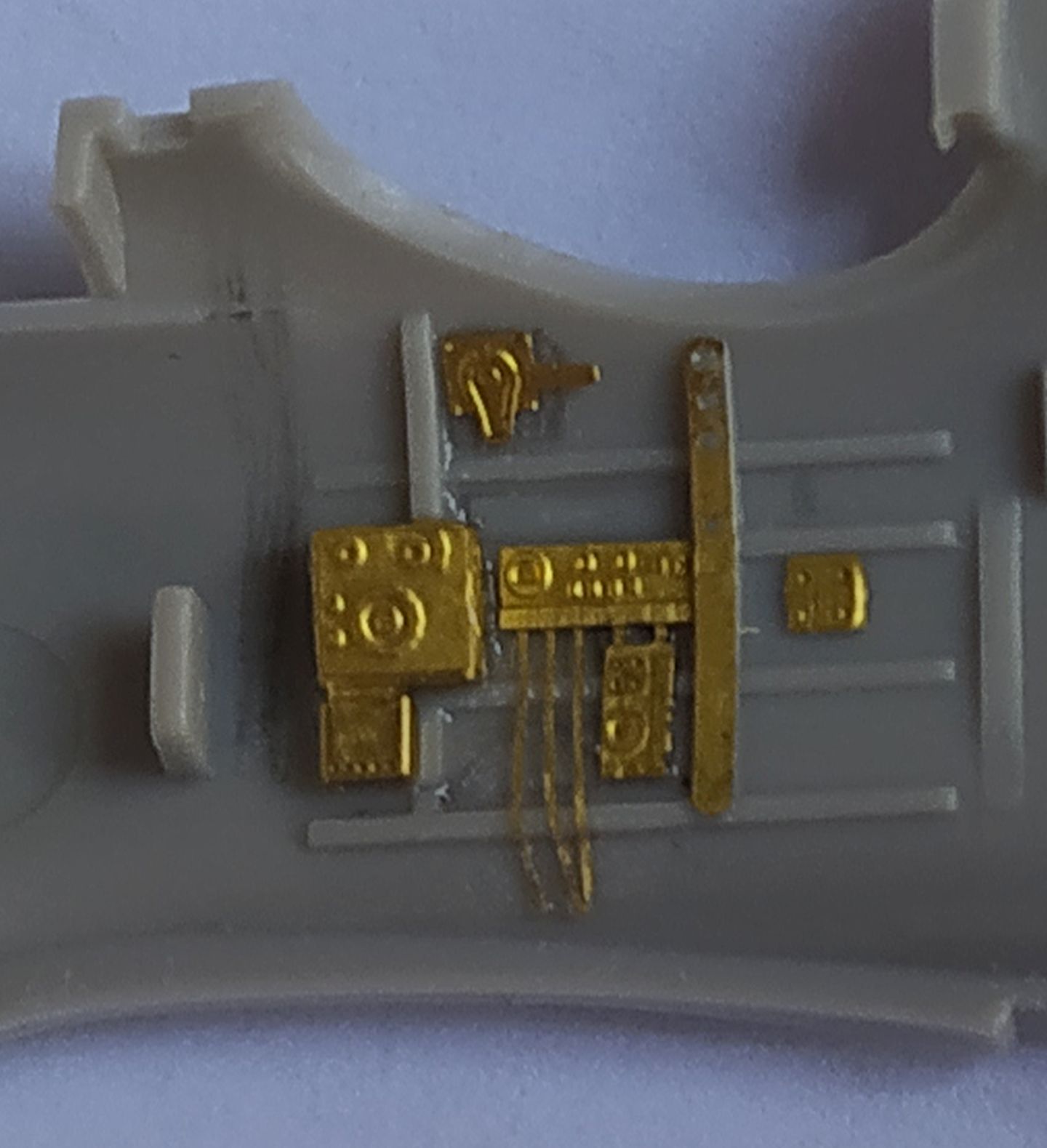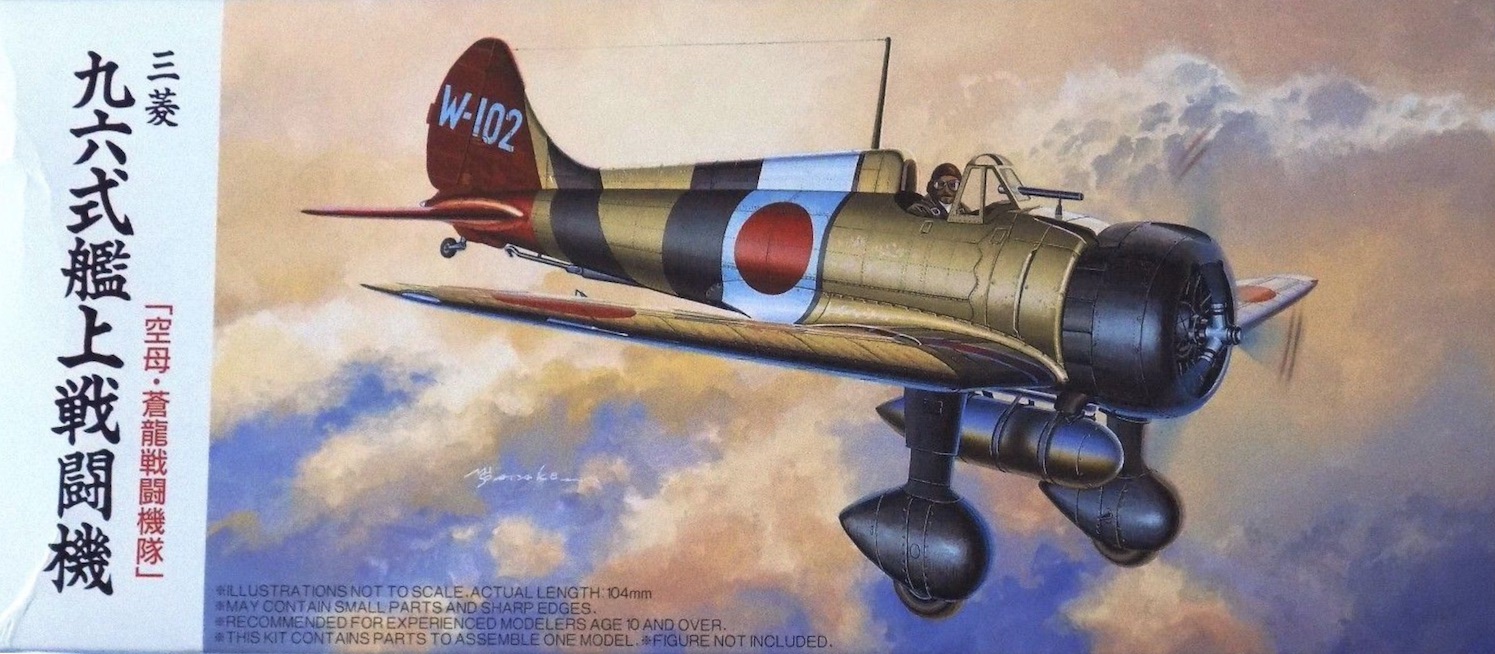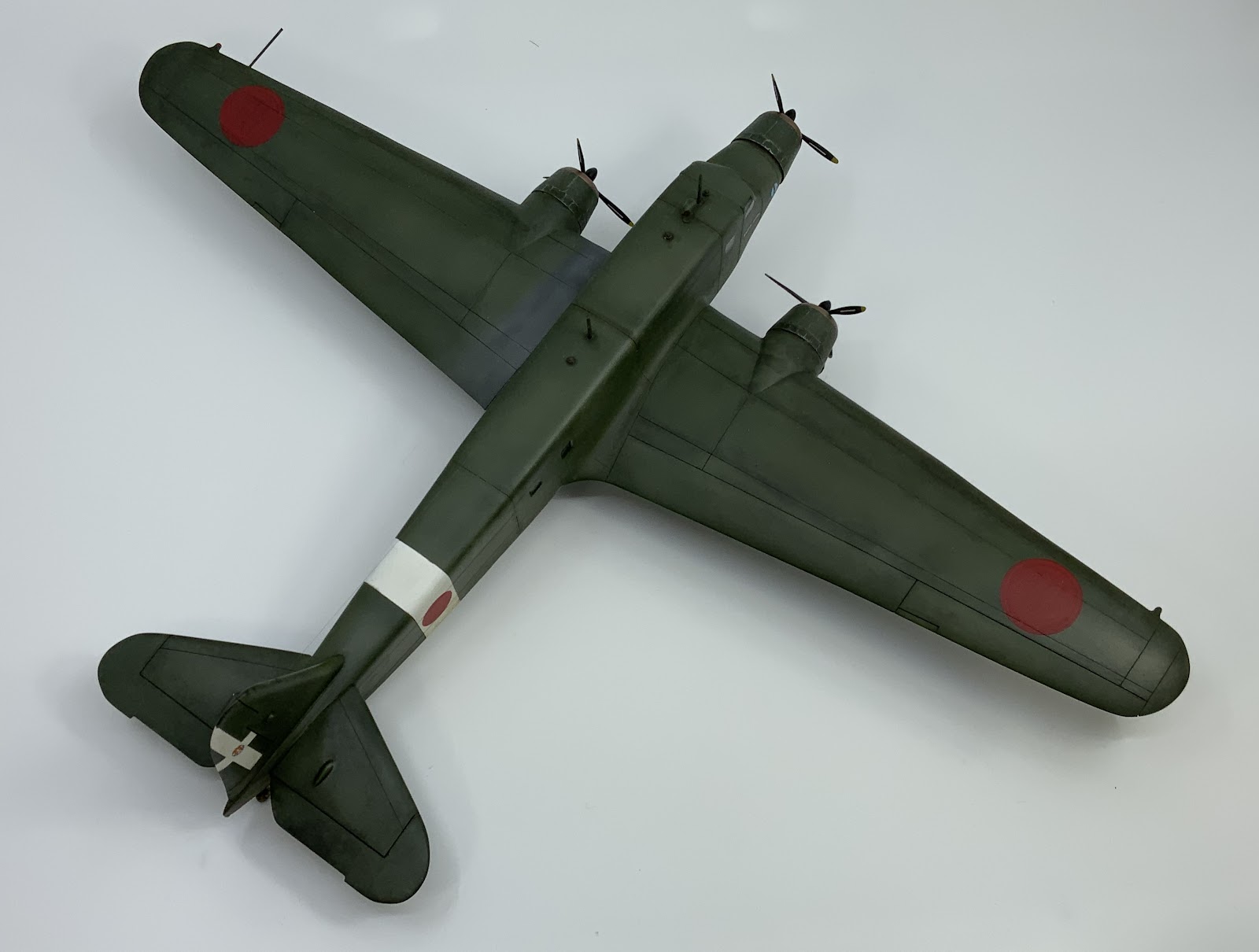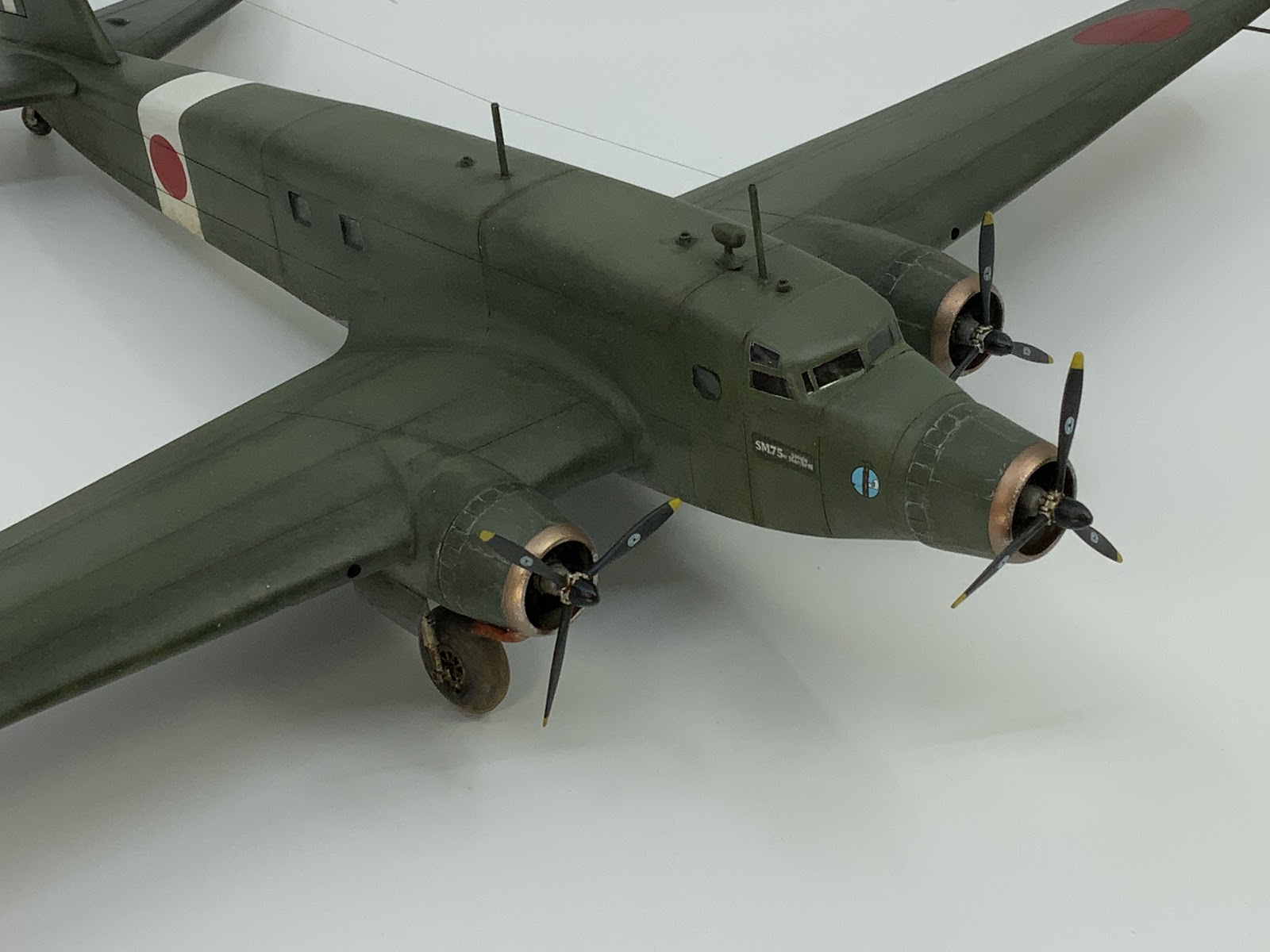In the 1960s the imported Japanese Aoshima kits of IJN floatplanes were a revelation and wonder - Shiun ('Norm') 紫雲, Zuiun 瑞雲 ('Paul') - and Seiran 晴嵐 - a floatplane carried in a submarine. Not some fragile, dinky design but more like a Judy on floats, powered by an Aichi inline engine.
Aoshima Seiran 1964
In 2002 MMP (Stratus) published Japanese Submarine Aircraft by Tadeusz Januszewki in their Red Series, a 128 page soft cover slightly larger than digest size, shown below. This presented details in text, plans and photos of six submarine carried floatplanes together with the proposed catapult launched Kugisho Ohka Model 43 Ko. Appendices included a list of submarines, 14 pages of colour profiles and 17 pages of colour photos, inside and out, of the surviving Seiran at the NASM Garber facility.
Now this new 2025 publication, shown at heading, authored by Ryusuke Ishiguro and Tadeusz Januszewki, a near A4 sized, 176 page hardcover with laminated boards and a splendid cover illustration of Seiran by Tomasz Kaca, takes a deeper dive into the subject. The two publications compliment rather than duplicate each other, for example the new book does not include the NASM 'walk around' photos of Seiran but provides more details of development history and, importantly, operations, hitherto unknown or shrouded in much confusion and mystery. The contents are as follows:-
Chapter 1
- Japanese Experience with Submarine Aircraft
- Operational Strategy
- Pacific War: Reconnaissance Operations over Pearl Harbor
- Operational Activity of Submarine I-25and its Reconnaissance Seaplane
- Reconnaissance Flight over Sydney Harbor on 17 February 1942
- Reconnaissance Flight over Melbourne and Port Phillip Bay on 26 February 1942
- Reconnaissance Flight over Hobart and Tasmania on 1 March 1942
- Operational Activities of the 8th Submarine Squadron
- Reconnaissance Flight over Sydney on 23 May 1942
- Reconnaissance Flight over Sydney on 19 February 1943
- Flights over the Indian Ocean
- Collaboration with the Kreigsmarine in the Indian Ocean
- Kugisho E14Y1 Seaplane in the Far North
- Bombing Attack on US Territory
- The Most Probable Course of Nobuo Fujita's First Bombing Flight
- Submarine Transport Missions to Germany - Operation Yanagi
- Submarine Aircraft Carriers Against the United States
- Project Sen-Toku
- Sen-Toku ClassSubmarine Aircraft Carriers
- Armament of Sen-Toku Class Submarines
- Junsen Ko-Gata Kai Class Submarine Aircraft Carriers
- Combat Operations of Sen-Toku Submarines: attack on the Panama Canal
- Combat Operations of Sen-Toku Class Submarines:
- Final Departure
- Capitulation
- Biological Weapons and Sen-Toku Class Submarines
Chapter 2
- Yokosho 1-Go
- Yokosho 2-Go (E6Y1)
- Watanabe E9W1 (Slim)
- Kugisho E14Y (Glen)
- E14Y2 Model 12 Development Version
- Watanabe E14W1
- Aichi M6A Seiran/Nanzan
- Kugisho Ohka 43 Ko-Gata
- Kawanishi Baika
Chapter 3
- Japanese Submarine Aircraft Carriers
Bibliography
As may be seen Chapter 1 is a densely packed collection of sub-headings, rich in data and complimented by rare and good sized photos, including a Hinomaru adorned Arado Ar 196, plus relevant maps,
Chapter 2 covers the various aircraft types, again with rare photos, plans in 1/72 or 1/48 scale, colour profiles and some colour plan views, although there is some inconsistency over the infamous IJN 'orange' or 'orange yellow' hue! That is a minor quibble against a fine presentation of colour schemes and markings. The different markings of 'Glen' and Seiran are of special interest, including the latter floatless, stripped of paint and wearing spurious US markings. The pilot Ensign Takahashi thought this was a violation of international law and a cowardly thing to do. In defiance he painted the symbol of an arrow piercing a heart on the spinner with the characters for 'One hit, one kill'. This chapter should inspire a few models although, sadly and despite abundant data, a mainstream, injection moulded, 1/48 scale 'Glen' kit has not so far appeared. In 1/72 scale a decent kit of 'Glen', complete with catapult launching rail, was released by Fujimi in 1997 and was re-released by Hobby2000 in 2020. Whilst Tamiya offers excellent kits of Seiran in 1/72 and 1/48 scale, and Nanzan in 1/72 scale.
Chapter 3 presents the details of the submarines with histories, technical data, side view plans and photos, including a couple in colour or colorised.
The Bibliography is comprehensive and impressive.
This book is a tour de force and I expect it to be the last word on the subject in the English language. Tadeusz Januszewski and Ryusuke Ishiguro's research is meticulous and the data they present fulsome and fascinating. They are the authors of previously impressive books on Japanese Special Attack Aircraft and Flying Bombs, Japanese Anti-Submarine Aircraft of the Pacific War and a monograph on the Kugisho 'Glen', all by the same publisher.
With special thanks to Ryusuke and MMP Books for the review copy of the book, a delight to read.
Image credit: Book covers © 2002 and 2025 MMP Books: Box art © 1964 Aoshima



















